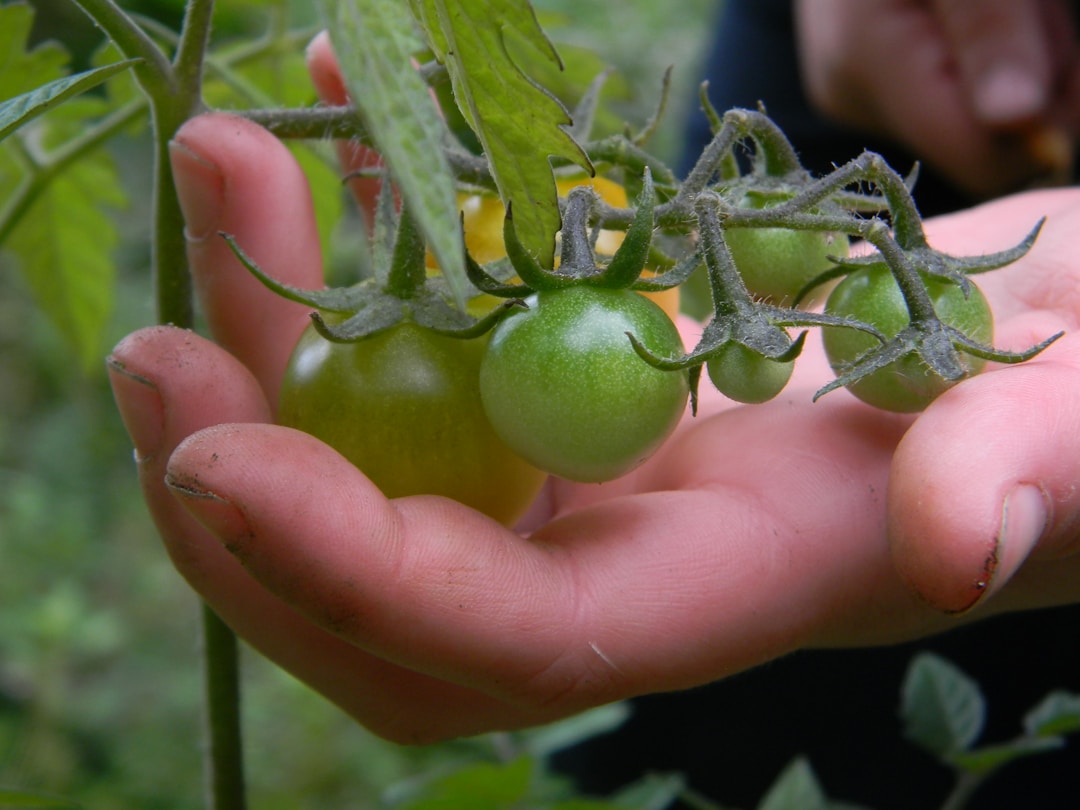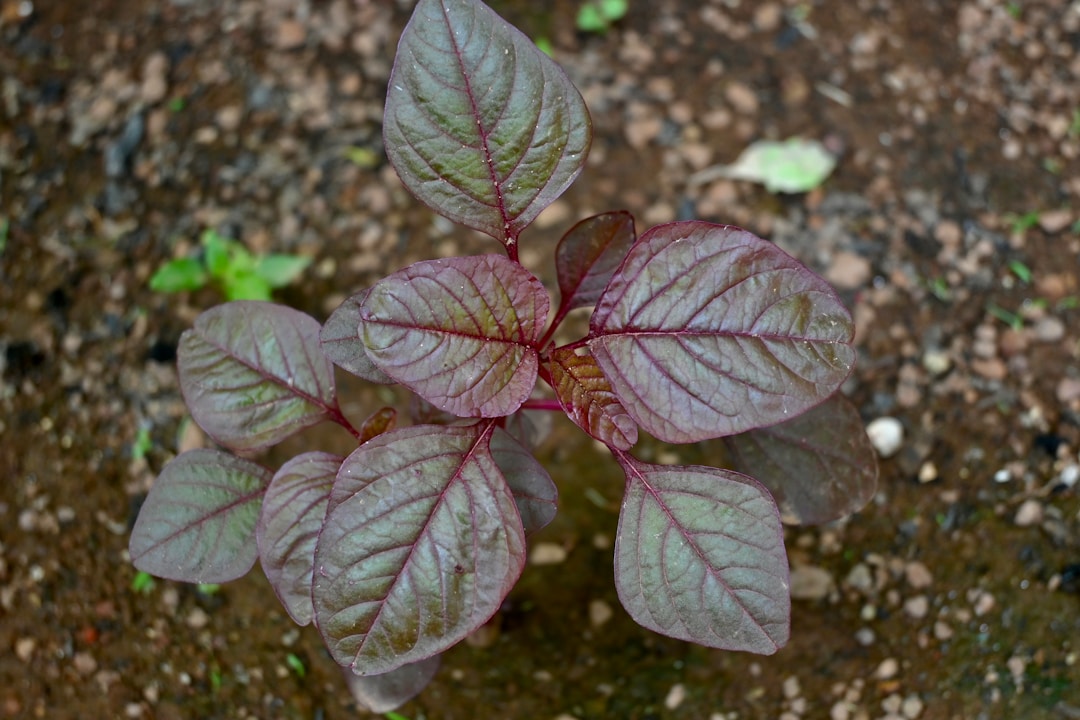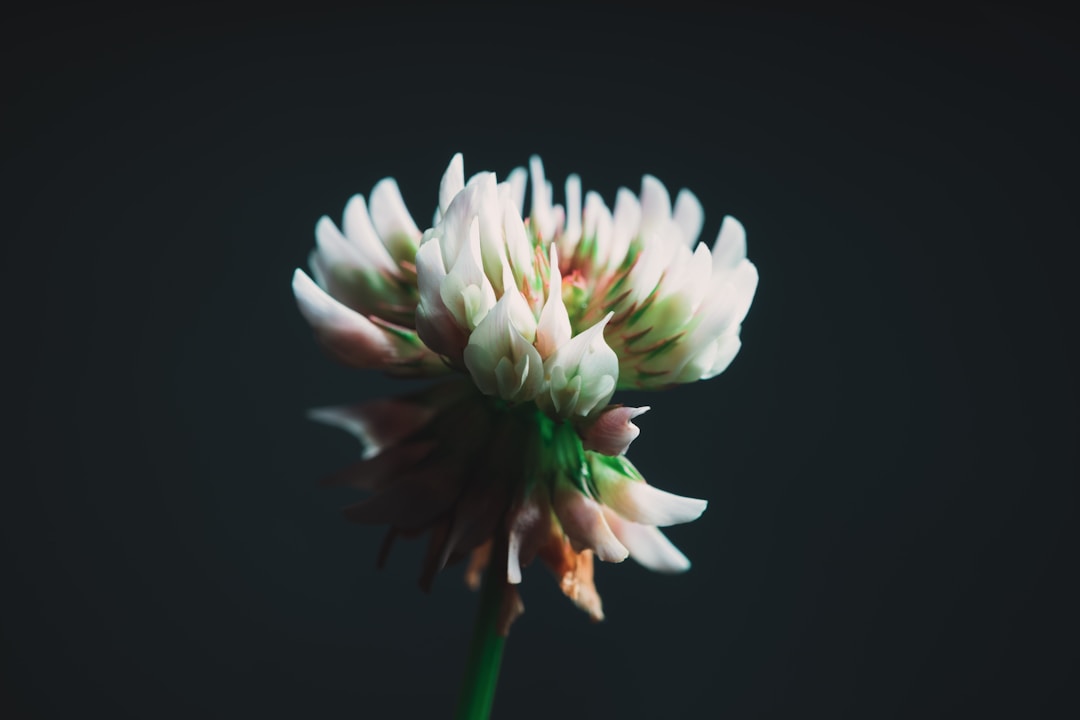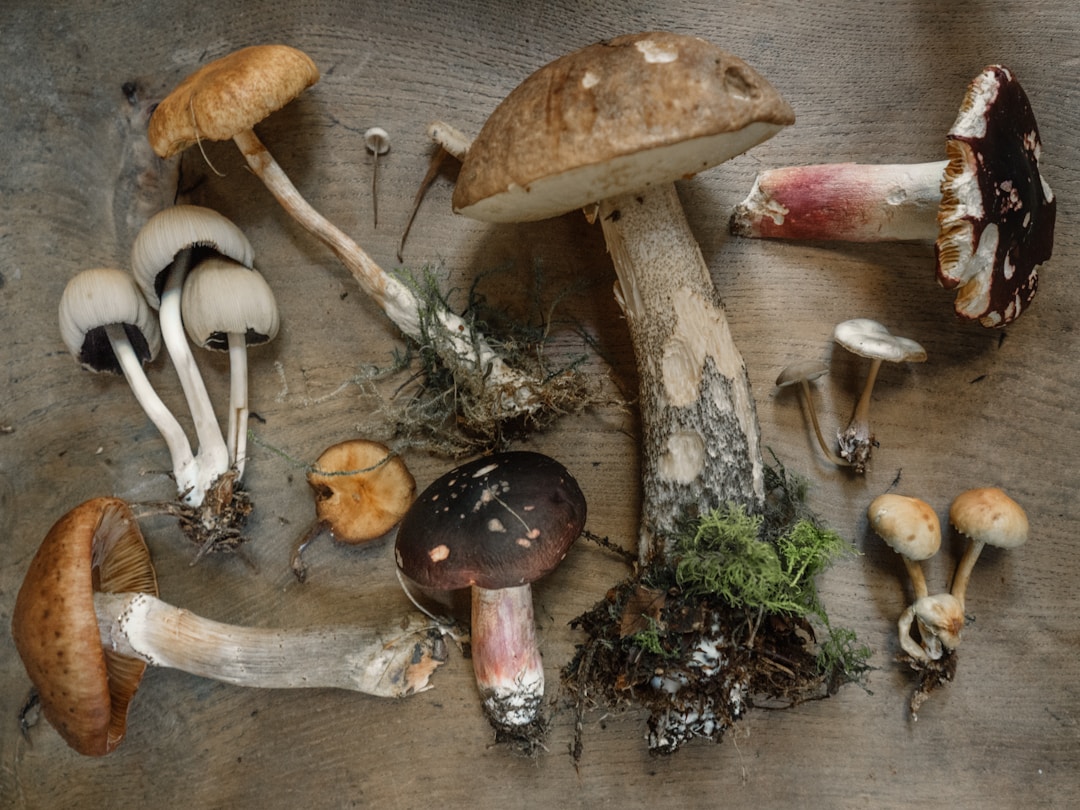We're embarking on a fascinating journey into the art of foraging for food – a skill that's as ancient as humanity itself. I've learned that the ability to find sustenance in the wilderness is not just about survival; it's about understanding the intricate dance between man and nature.
The Foundations of Foraging
Foraging for wild food is a practice that's been passed down through generations. It's not only about sustenance but also about forming a deeper connection with the environment. Expert foragers like Ellen Zachos, Alexis Nikole, Linda Black Elk, and Sam Thayer have all emphasized the importance of respecting nature while harnessing its offerings.
Identifying Edible Plants
One of the key aspects of foraging is the ability to identify edible plants. This includes a variety of wild edibles such as:
Wild garlic
Stinging nettle
Rose hip
Oyster mushrooms
Pine nuts
Each plant species has its unique characteristics. For example, wild garlic has a distinctively strong aroma, whereas stinging nettle, despite its name, is a highly nutritious wild green when cooked properly.

The Risks of Misidentification
Misidentification can lead to serious consequences, as some edible plants have poisonous look-alikes. For instance, while wild onion is a tasty forageable plant, it can be easily confused with other non-edible or even toxic species.
To mitigate these risks, always consult a reputable field guide and consider taking along an experienced forager on your initial forays into the wild.
Ethical Foraging Practices
Foraging isn't just about what you take; it's also about what you give back. Ethical foraging practices ensure that we maintain balance within the ecosystems we explore.
Only take what you need
Be mindful of overharvesting
Avoid damaging habitats
Respect invasive species control efforts
Experts like Samuel Thayer and Steve Brill advocate for sustainable foraging, ensuring that wild plants can continue to thrive for future foragers.

The Adventure of Urban Foraging
Foraging isn't limited to the deep woods. Urban foraging brings the search for wild edibles into the cityscape, revealing how nature flourishes in our concrete jungles.
City dwellers can find an abundance of plants like dandelion greens, wild berries, and edible flowers – all within arm's reach if you know where to look. Remember, city foraging also means being aware of potential contaminants and steering clear of areas that may be polluted or sprayed with pesticides.
The Allure of Wild Mushrooms and Other Delicacies
Mushroom foraging is a world unto itself, with wild mushrooms like the coveted oyster mushroom adorning many a forager's basket. Yet, the same rule of caution applies: some mushrooms are a poisonous plant, and proper identification is vital.
Seek guidance from local mycologists
Attend mushroom foraging workshops
Never consume a mushroom unless you are 100% certain of its identity
Beyond mushrooms, the wilderness is replete with nuts, berries, fruits, seaweed, herbs, and more. Each offers a burst of flavor and nutrition, provided we approach our foraging journey with care and reverence.
Preparing Your Wild Edibles
Once you've safely gathered your foraged wild food, the next step is preparation. A wild edible plant can be transformed into a culinary delight with the right knowledge:
Boiling, steaming, or sautéing can neutralize the sting of nettles
Rose hips can be brewed into a vitamin-C-rich tea
Oyster mushrooms, sautéed with a bit of garlic, make for a savory treat
Cooking wild edibles not only adds variety to your diet but also ensures that any potential toxins are broken down. Plus, there's nothing quite like the satisfaction of enjoying a meal you've foraged yourself.

The Abundance of Edible Wild Plants
The diversity of edible wild plants is astounding. Each ecosystem, from the sun-dappled clearings to the dense underbrush, offers a unique palette of flavors and nutrients. As an experienced forager, I have come to appreciate not just the common wild edibles but also the lesser-known species that grace our landscapes.
The Banquet of Berry
Berry is among the most delightful wild food one can gather. Whether it's the tartness of a wild raspberry or the sweet, earthy flavor of a blackberry, foraging for berries is an adventure for the taste buds. Learning to identify and safely gather these fruits is essential, as some berries, though they look appealing, may not be safe to consume.
Green Goodness from Leaf and Wild Greens
The Leaf of many plant species offer a bounty of nutrition. Wild greens like dandelion, chickweed, and lamb's quarters are not only edible but are also rich in vitamins and minerals. This kind of edible plant can often be found in your own backyard and can be used in salads, teas, and as cooked greens.
Flower – Nature's Delicate Wild Edible
The world of edible flowers is as varied as it is beautiful. From the citrusy zing of nasturtiums to the subtle sweetness of violets, flower not only add a pop of color to our meals but also contribute a unique burst of flavor. Renowned forage people like Steve Brill and Ellen Zachos have showcased the many ways these botanical gems can be incorporated into our diets.

Tools and Techniques for Effective Foraging
Setting off on a foraging journey requires more than just enthusiasm; it requires preparation. An essential part of this is having a reliable field guide to help identify edible wild plants and distinguish them from their poisonous counterparts. A field guide, coupled with knowledge shared by experts like Samuel Thayer and Linda Black Elk, is invaluable.
The Importance of a Good Field Guide
A field guide is an forager's best friend. It provides detailed descriptions, clear photographs or illustrations, and sometimes even flavor profiles of various wild edibles. A solid field guide will also offer insights into habitat, seasonality, and harvesting techniques—crucial information for both the novice and expert forager alike.
Harvesting Techniques for Sustainability
To ensure that kind of wild plant continue to flourish, it's important to employ sustainable harvesting techniques:
Harvest leaves from several plants rather than all from one to avoid stressing individual plants.
When gathering roots, be sure to leave enough of the plant to allow it to regenerate.
Collect seeds or nuts in a way that ensures some will be left behind to propagate the next generation of plant.

Embracing the Wild Food Foraging Movement
The foraged food movement, championed by figures like Alexis Nikole and Sam Thayer, has brought foraging to the forefront of sustainable living. By opting for foraged food, we not only enjoy fresher, more nutritious meals, but we also reduce our environmental footprint by sourcing food locally and naturally.
Foraging in Different Terrains
North America's diverse landscapes offer a wide array of foraging opportunities. Whether you are trekking through a pine forest in search of pine nuts, scouting the coastline for edible seaweed and other edible weeds, or scouring the desert for prickly pear fruit, each environment delivers its own set of wild edibles.
Tackling the Challenge of Invasive Species
Invasive species present a unique opportunity for foragers. Some invasive plant are edible, and by harvesting them, we can help to control their spread and support native biodiversity. It's a win-win situation: we enjoy the bounty they provide while aiding in environmental conservation efforts.
Cultivating Foraging Expertise
To become an experienced forage person, one must invest time and energy in learning the craft. This involves studying with experts, joining foraging groups, participating in workshops, and constantly observing and interacting with the natural world.
Mentors and Community
Having a mentor like Ellen Zachos or Steve Brill can accelerate your learning curve and enhance your foraging proficiency. Additionally, being part of a community of foragers encourages the sharing of knowledge and experiences, further enriching your foraging practices.
Building Your Foraging Tool Kit
While one's senses and knowledge are the primary tools for foraging, having a physical tool kit can be advantageous. Include items such as:
A sturdy basket or bag for collecting your finds
A pair of gardening gloves to protect your hands
A small, sharp knife for harvesting
A notebook to record locations and notes on plant species

Final Thoughts on Foraging for Food
Foraging for food is more than just finding sustenance; it's a way to engage with the natural world, to learn from it, and to respect the delicate balance that sustains us all. As you delve into the world of wild edible plants, remember that with great knowledge comes great responsibility. Approach your foraging with care, respect, and a sense of adventure.
Remember, the earth provides, but it's up to us to seek out that provision with wisdom and gratitude. So go forth, be curious, and let the wilderness reveal its bountiful secrets to you. Happy foraging, friends!
